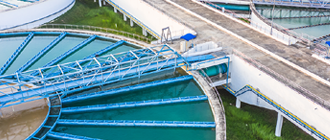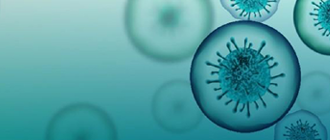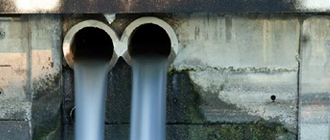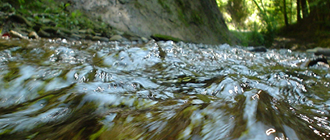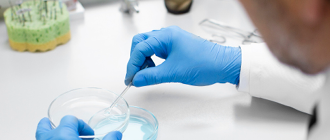In addition to its innovative bioassay combinations, the Tame-Water laboratory offers the performance of regulatory, normalized and standardized bioassays:
- Daphnia magna (ISO 6341 & OECD 202)
- Selenastrum capricornutum (ISO 8692 & OECD 201)
- Aliivibrio fisherii/Microtox (NF EF ISO 11348) under GLP conditions
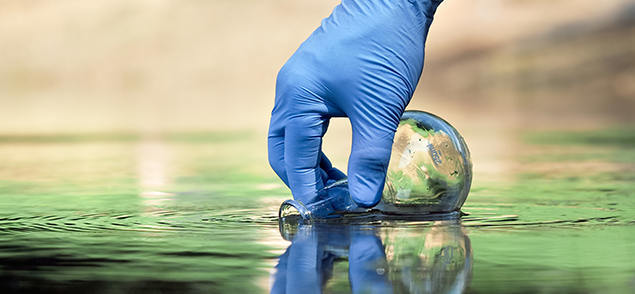
Benefits of Norm Solution
Standardized bioassays
Tame-Water offers classical regulatory bioassays. These bioassays are relevant for acute general toxicity investigations.
Complementary to personalized bioassays
Intended for routine compliance checks, these standardised water analyses are complementary to the other bioassay services developed by Tame-Water. In particular, they allow a link to be made between the classic indicators and the results of innovative approaches.
Resources
Three regulatory bioassays are proposed:
- Daphnia magna (ISO 6341 & OECD 202)
- Selenastrum capricornutum (ISO 8692 & OECD 201)
- Aliivibrio fisherii/Microtox (NF EF ISO 11348)
Daphnia magna
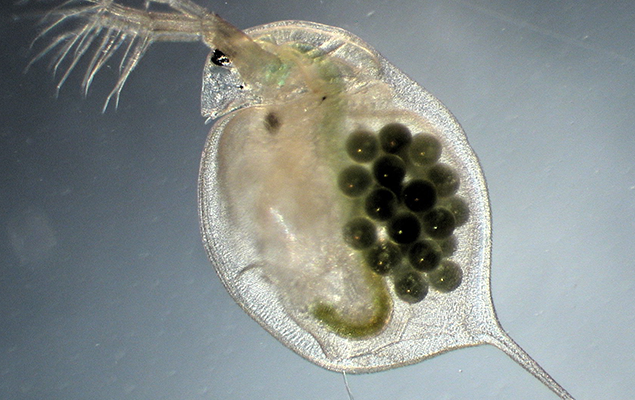
Daphnia is a crustacean that is common in stagnant waters. This organism is widely used to assess the ecotoxicological risks of chemicals.
The acute ecotoxicity test, Daphnia magna (ISO 6341, OECD 202) is a test that is regulated by ISO 6341 (2012). This test is used to determine the acute toxicity of a chemical substance, effluent or water to Daphnia magna Straus.
The principle is simple:
- Daphnia, less than 24 hours old, are exposed to a water sample taken over a period of 24 to 48 hours.
- The parameter measured is the inhibition of swimming of the Daphnia. This inhibition is evaluated after 24 h and/or 48 h of exposure (depending on the requirements of the users or national authorities).
Selenastrum capricornutum
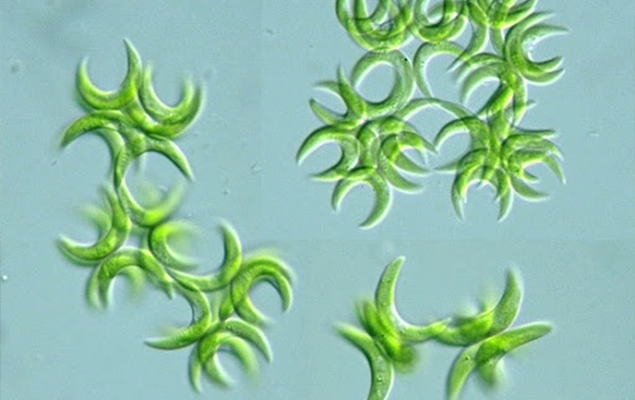
Selenastrum capricornutum is a species of freshwater microalgae. This bioassay is based on the analysis of the growth of the microalgae and is governed by the ISO 8692 standard (2012).
In practice, algae are brought into contact with a test sample. The test is incubated at a temperature of 23°C ± 2°C and under constant illumination for a period of 72 h. A percentage of growth inhibition is determined.
These standardized bioassays are particularly suitable for regular toxicity testing of chemicals and discharges to the aquatic environment.
Aliivibrio fisherii/Microtox
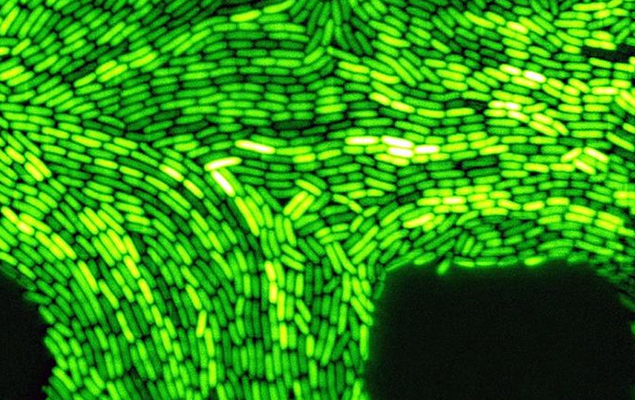
The microtox test, governed by the NF EF ISO 11348 standard, uses a bioluminescent bacterium: allivibrio fisherii which is sensitive to the presence of certain known toxic substances.
This bioassay is based on the following principle: this bacterium emits light when it is healthy and then its light emission decreases when it is exposed to toxic substances. Thus, the higher the toxicity of the sample, the lower the light emitted.
Measuring the change in light intensity between healthy bacteria and bacteria exposed to toxic substances therefore indicates the presence of a toxin in a sample.




